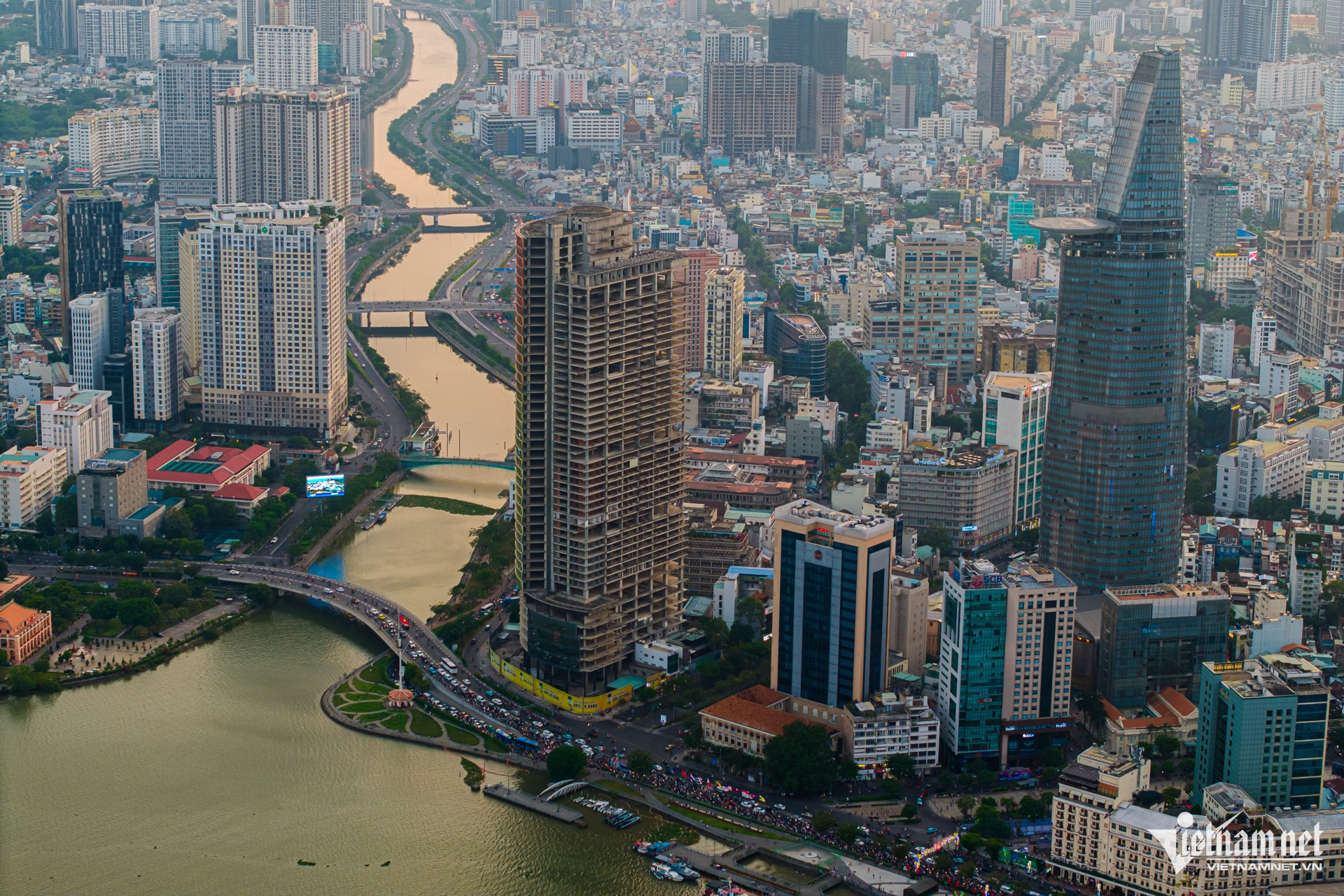Climate change is no longer a distant warning. It is a visible, pressing reality that directly affects every aspect of urban life - particularly the real estate sector.
In this context, climate adaptation is not only a necessary requirement but also a strategic opportunity to reshape the real estate market.

Climate-conscious investors now view resilience as a core criterion in real estate decision-making.
Planning for climate resilience in urban development
According to Savills’ Impacts 2025 report, 2024 saw a cascade of alarming records: global temperatures exceeding 1.5°C above pre-industrial levels, wildfires sweeping through Los Angeles in winter, floods in Spain, Hurricane Helene hitting the southeastern United States, and record-breaking heatwaves across Europe.
In this global context, cities and the real estate industry are being forced to place climate resilience at the heart of every development strategy - from urban planning and building design to investment and operations.
This is particularly urgent in Asia, where many fast-growing coastal megacities face heightened exposure to climate-related risks.
Urban centers at the climate front line
Sea levels are currently rising at about 0.33 centimeters per year. Cities face intensified risks of flash floods due to increased rainfall and glacier melt.
Beyond physical damage, real estate assets located in flood-prone areas also face rising insurance costs.
Major urban centers such as Tokyo, Jakarta, Bangkok, and Ho Chi Minh City are now experiencing the shift from potential to actual climate threats. Jakarta is sinking rapidly, prompting Indonesia to relocate its capital.
Meanwhile, Ho Chi Minh City - Vietnam’s economic engine - is battling urban flooding, saltwater intrusion in freshwater supplies, and land subsidence caused by excessive groundwater extraction.
These factors are compounding agricultural losses and water scarcity.
Troy Griffiths, Deputy Managing Director of Savills Vietnam, commented, “Globally, Ho Chi Minh City is among the most vulnerable cities to climate change.
As an extension of the Mekong Delta, it faces recurring extreme floods from both tides and monsoon rains.
Saltwater intrusion is also severely affecting the region’s freshwater supply and agricultural production - especially in the delta, Vietnam’s largest rice bowl.”
Asset risk and rising operational costs
Climate change not only inflicts direct physical damage but also increases operating and insurance costs, eroding asset value and long-term returns.
Properties in high-risk areas may become “stranded assets” - no longer attractive to buy, invest in, or lease.
Insurers - who depend on risk assessments to operate - have been among the first to react. In 2024 alone, global natural disaster losses reached 368 billion USD, according to insurance firm Aon.
In the US, insurance costs as a percentage of real estate income have doubled over the past five years.
This trend is spreading across Asia. As insurance costs surge or become financially unfeasible, asset liquidity and profitability decline.
Institutional investors, particularly large funds, are increasingly incorporating climate risk assessments into their decision-making frameworks.
Among property segments, residential real estate is the most affected due to its long-term occupancy and the difficulty of relocation during disasters. In contrast, industrial real estate has a shorter lifecycle and is less frequently located in high-risk zones.
Still, location remains a decisive factor, especially for projects requiring port, airport, or transport infrastructure connectivity.
Marylis Ramos, Head of Savills Earth Advisory, emphasized, “A building’s resilience to extreme weather will be critical to its long-term value.
Proactively integrating climate adaptation measures can reduce repair costs, lower insurance premiums, minimize tenant disruption, and protect brand reputation.”
From individual buildings to city-wide resilience
Some cities have pioneered climate adaptation. Tokyo’s Resilience Project aims to safeguard the city over the next 100 years by enhancing its defenses against earthquakes, floods, and severe weather events.
A prime example is the Mori JP Tower, which is earthquake- and flood-resistant, capable of generating its own electricity and heat, and equipped with shelters that can accommodate up to 3,600 people.
Troy Griffiths noted that Ho Chi Minh City is also implementing adaptation efforts, such as testing salt-tolerant rice varieties and advancing comprehensive urban planning to allocate resources efficiently for infrastructure needs.
However, the experience of cities like Tokyo and Ho Chi Minh City highlights a key insight: resilient buildings are not enough. If surrounding urban infrastructure remains outdated or fragile, persistent flooding or disrupted transport will affect entire communities and businesses.
Climate adaptation must therefore be implemented at a city-wide scale - not just at the level of individual buildings.
Adapting to climate change presents an opportunity to redefine the real estate market. Developers and investors who lead in building climate-resilient structures will position themselves ahead of the curve in the era of sustainable investment. Their assets will retain value, and their brands will gain credibility.
Cities that demonstrate strong climate resilience will attract more capital, businesses, and high-quality residents. For Ho Chi Minh City - with its strategic location and vital economic role - this transition is not optional.
Rethinking urban planning, upgrading infrastructure, and encouraging sustainable construction will not only shield assets from climate impacts but also enhance the city's long-term appeal to domestic and global investors.
Nhan Dan